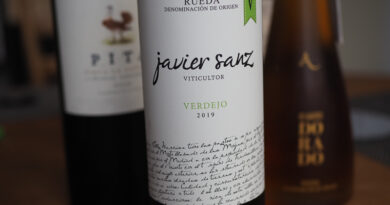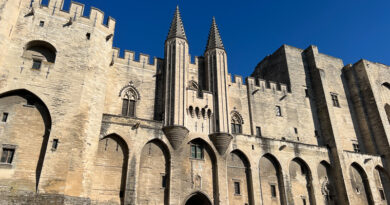Visiting Domaine Bonnardot on the Hautes-Côtes, Bourgogne
Bourgogne isn’t all about the famous wines of the Côte d’Or. Jamie Goode ventures higher up, to the Hautes-Côtes, where there are some interesting lesser-known vineyard sites
The next stop in this Bourgogne trip was the Hautes-Côtes, which is split in two (Beaune and Nuits), with 40 villages and 352 vignerons. The soil is high in limestone, and quite shallow.

The vineyards of the Hautes Côtes de Beaune grow on the south- and southeast-facing slopes of valleys cut into limestone plateaus. They are about 100-200 m higher than the famous vineyards of the Côte de Beaune, at 290-485m. The Hautes Côtes de Nuits, where I’m visiting, are cultivated on two plateaus between 300-400m above sea level.
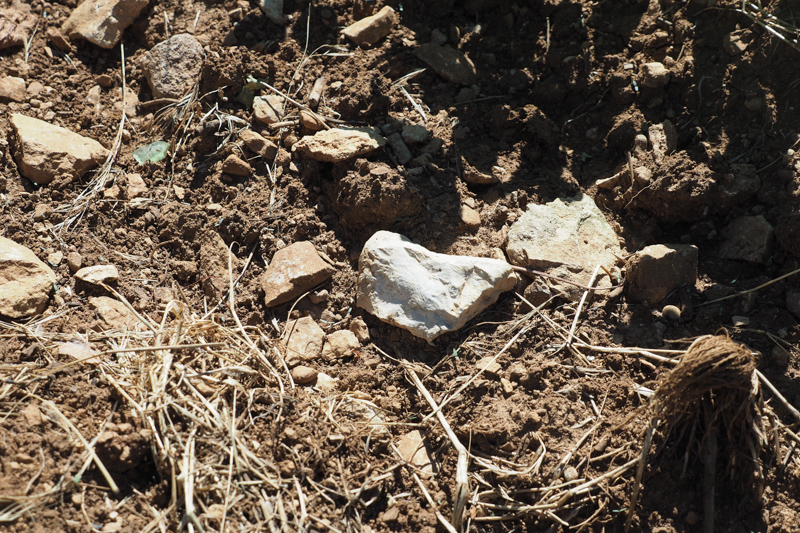
This is a subregion that has benefited from the recent warming trend, because before it was just a little too cool. Danièle Bonnardot has been running her 20 hectare family estate in Villiers-la-Faye for almost 20 years now.
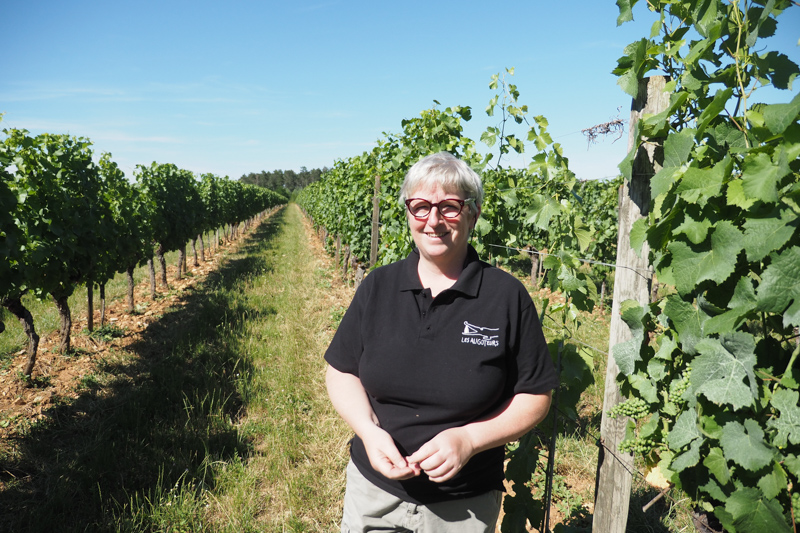
She came back to Burgundy at the end of 2008 when her brother fell ill. As the oldest son, he’d been given the domaine by his parents. Previously, Danièle had studied enology and biology in Dijon, but had left to work in the financial markets. Her first vintage in charge was in 2009, which was a nice one. ‘It was a good start,’ she recalls.
Bonnardot has 7 hectares of Aligoté in her holdings, so it’s no surprise that she is a member of the Aligoteurs, a group of 35 winegrowers who focus on this variety.
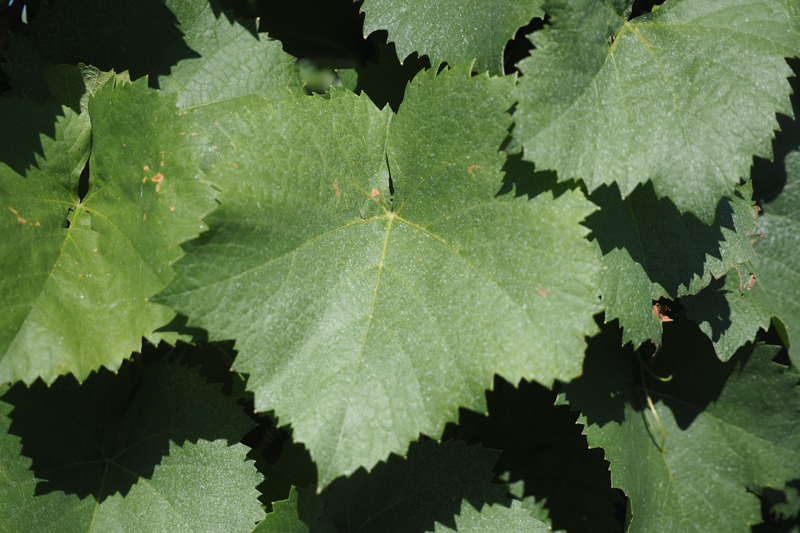
She makes wine only from her own grapes, and sells some grapes too. The vineyards are quite wide-planted with 2.5-3 m between the rows, and the vines 80 cm to 1 m apart. The altitude here gives cooler nights, which helps preserve acidity in the wines.
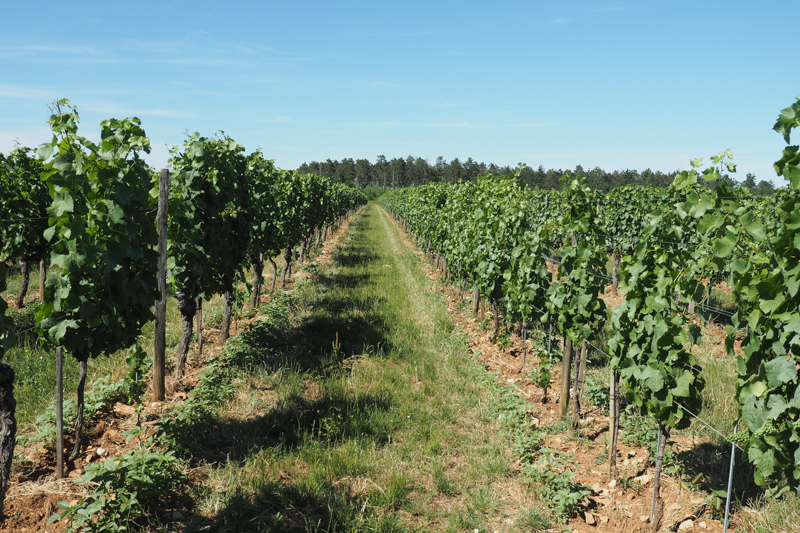
Farming is organic without certification. ‘Since 2015 I haven’t used any chemical product,’ she says. The vines are hand harvested with the exception of the Aligoté sold to the coop. She likes to use 20-30% stems for the reds.
THE WINES
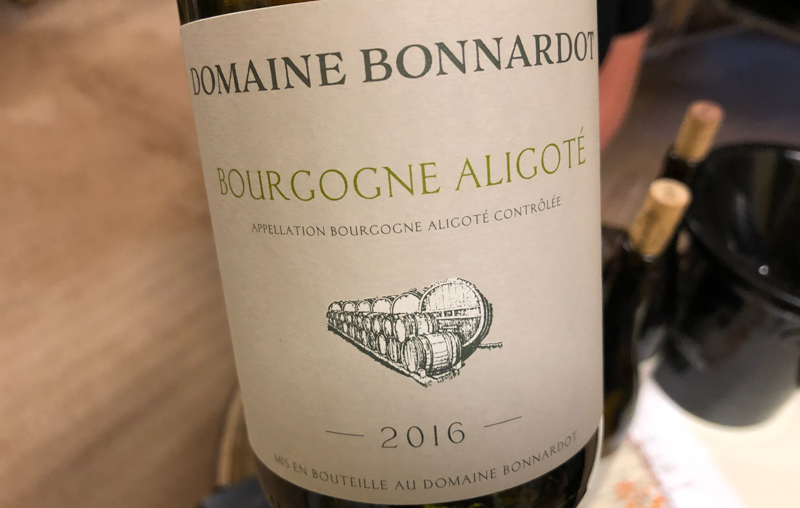
Domaine Bonnardot Bourgogne Aligoté 2016 Bourgogne, France
Rounded, textured and a bit nutty with some pear and wax notes. Nice lemony brightness and shows some stoniness. 90/100
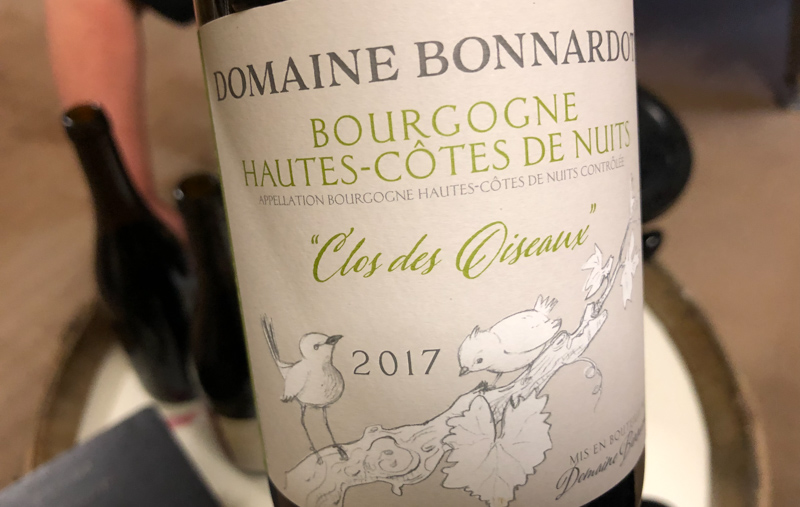
Domaine Bonnardot Bourgogne Haut-Côtes de Nuits Blanc ‘Clos des Oiseaux’ 2017 Bourgogne, France
77 ares of Chardonnay, fermented and aged in barrel, 20% new, for a year then three months in stainless steel. Nutty with some vanilla and cedar from the oak. Compact citrus fruit and some peach and pear richness. 87/100
Domaine Bonnardot Haut-Côtes de Nuits Coup de Foudre 2018 Bourgogne, France
Very low extraction in fermentation, and then goes to an old foudre. Very bright, focused red cherry and raspberry fruit nose. Supple and sappy with sweet red cherries and berries, nicely integrated green notes and a bit of cedar on the finish. 90/100

Domaine Bonnardot Haut-Côtes de Nuits L’Âge Mûre 2017 Bourgogne, France
Long vinification of 25-28 days with more extraction, and then 14 months in barrel. Focused raspberry and cherry fruit with a bit of flesh. Nice concentration here. 88/100
Domaine Bonnardot Côtes de Nuits Villages 2016 Bourgogne, France
This comes from two villages in the south. Long vinification then goes to oak, 20% new. This is rounded and structural with attractive sweet cherry fruit, some plum, and some cedar. Has nice freshness and weight. 90/100
Find these wines with wine-searcher.com



